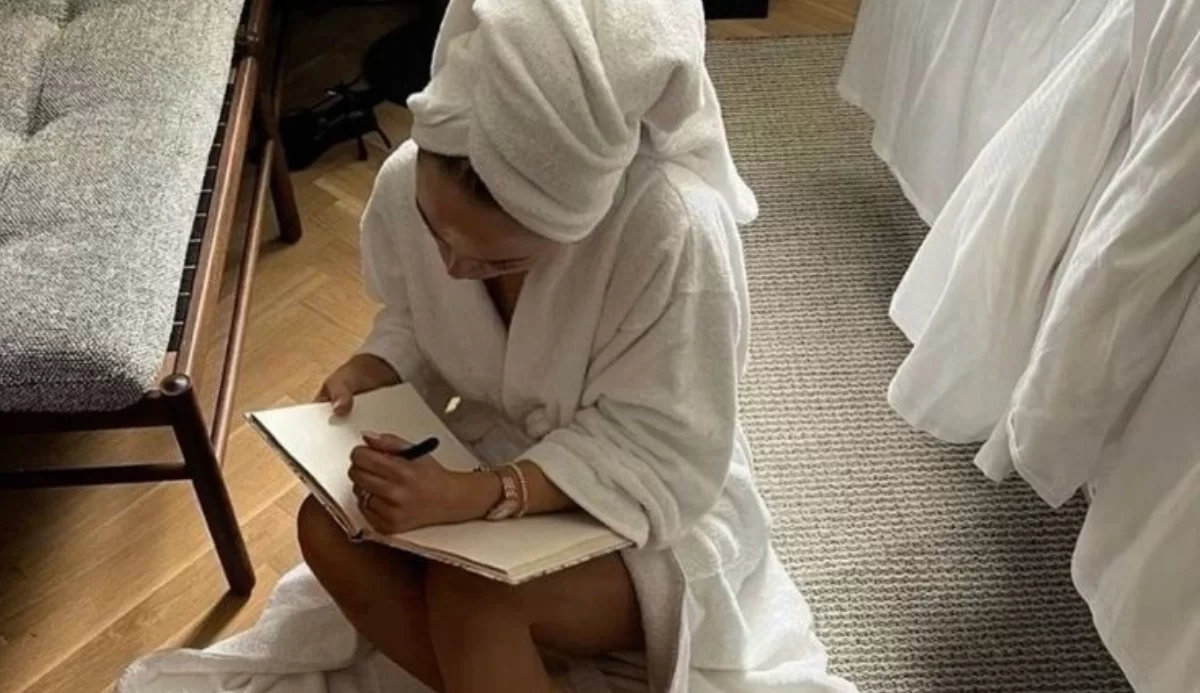
Ever feel like budgeting is this overwhelming monster that requires spreadsheets, color-coded categories, and basically a finance degree to understand? Yeah, me too. That’s exactly why I fell in love with the 60-20-20 budget rule – it’s simple enough that I can actually stick to it. (And trust me, I’ve tried every budgeting method known to humanity!)
Let’s be honest: most budgeting advice feels like it was written by people who’ve never had to choose between groceries and gas money. The 60-20-20 rule? It’s refreshingly realistic.
What Exactly Is The 60-20-20 Rule?
The concept is beautifully simple:
- 60% for needs and wants combined (yes, you read that right – they’re bundled together!)
- 20% for savings (your future self will thank you)
- 20% for debt payments (goodbye, credit card stress!)
This isn’t your grandmother’s rigid budgeting system where you agonize over whether coffee counts as a “need” or a “want.” (Spoiler: for most of us, it’s definitely a need!)
My Real-Life 60-20-20 Breakdown
Let me get personal here. My monthly take-home pay is $4,200 after taxes. Here’s exactly how I split it:
| Category | Percentage | Amount | What It Covers |
|---|---|---|---|
| Needs & Wants | 60% | $2,520 | Rent ($1,400), groceries ($400), utilities ($150), phone ($80), transportation ($200), entertainment ($150), miscellaneous ($140) |
| Savings | 20% | $840 | Emergency fund ($400), vacation fund ($200), house down payment ($240) |
| Debt Payment | 20% | $840 | Student loans ($450), credit card ($250), car payment ($140) |
Personal observation: This system has completely transformed how I think about money. Instead of feeling guilty about that weekend brunch or new book purchase, I know it’s already accounted for in my 60%.
Why This Works Better Than Traditional Budgeting
Traditional budgeting often fails because it’s too restrictive. You know the drill – you create these tiny categories for everything, then feel like a failure when you spend $30 over your “entertainment” budget. The 60-20-20 rule gives you breathing room while still keeping you accountable.
The genius lies in combining needs and wants. Life isn’t that black and white anyway, right? That gym membership might be a “want” technically, but it’s pretty essential for your mental health. This system acknowledges that reality.
Getting Started: Your Action Plan

Step 1: Calculate your after-tax income Look at your actual take-home pay, not your gross salary. (Trust me, that difference matters more than you think!)
Step 2: Do the math
- Take-home pay × 0.60 = Needs & wants budget
- Take-home pay × 0.20 = Savings amount
- Take-home pay × 0.20 = Debt payment amount
Step 3: Track for one month Don’t make any dramatic changes yet. Just observe where your money actually goes. You might be surprised! (I certainly was when I realized I was spending $200 a month on subscription services I barely used.)
Real Talk: When This System Gets Tricky
Let’s address the elephant in the room – what if you can barely cover your basic needs with 60%? I’ve been there. When I first started using this system, my rent alone was eating up 45% of my income.
Here’s what I learned: the percentages aren’t set in stone. Maybe you start with 70-15-15, or even 80-10-10. The key is having a system and gradually working toward the ideal ratios as your income grows or expenses decrease.
Adapting the system:
- High-cost-of-living areas might need 70-15-15
- If you’re debt-free, consider 60-40-0 (hello, savings boost!)
- Low income situations might require 80-10-10 temporarily
My Biggest 60-20-20 Wins

Since implementing this system eight months ago, here’s what’s changed:
Financial wins:
- Built up a $3,200 emergency fund (game changer for my anxiety!)
- Paid off two credit cards completely
- Actually started saving for that Italy trip instead of just dreaming about it
Mental health wins:
- No more budget guilt when I buy coffee or go to dinner with friends
- Sleep better knowing my finances are on autopilot
- Feel more confident about major purchases
Personal observation: The psychological shift has been as important as the financial one. When you know your system is working, money stress just… diminishes.
Making It Stick: My Top Tips
Automate everything possible Set up automatic transfers for savings and debt payments right after payday. What you don’t see, you don’t spend.
Use the envelope method digitally I keep my 60% in checking, but I use my banking app to create “virtual envelopes” so I can track spending categories within that bucket.
Review monthly, not daily Obsessing over every purchase defeats the purpose. Check in once a month to see how you’re tracking.
Celebrate the wins When you hit a savings goal or pay off debt, acknowledge it! (I treated myself to a fancy dinner when I paid off my first credit card – and it came out of my guilt-free 60%.)
The Bottom Line
The 60-20-20 budget isn’t about perfection – it’s about progress and sustainability. Some months you’ll nail it, others you might go over. That’s life, not failure.
What matters is having a framework that actually works with your lifestyle instead of against it. After years of complicated budgeting methods that left me feeling defeated, this simple approach finally clicked.
Remember, personal finance is exactly that – personal. Take this framework and make it yours. Your future self (and your stress levels) will thank you for finding a system you can actually stick to.
Who knew that budgeting could feel this… manageable?





Leave a Reply